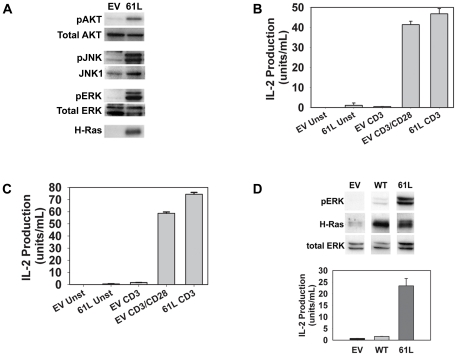Figure 2. Transduction with active Ras can mimic CD28-mediated costimulation of TCR signaling and IL-2 production.
A. CAR Tg Th1 T cells were transduced with adenoviruses encoding constitutively active H-Ras61L (61L) or an empty vector (EV) control as described in materials and methods. Cell lysates of unstimulated, transduced cells were analyzed for phosphorylated AKT, JNK, and ERK or H-Ras (the absence of H-Ras staining in EV transduced cells indicates the absence of H-Ras61L and/or significant amounts of endogenous H-Ras isoform in these cells; total Ras was abundantly detected in both EV and Ras transduced cells (data not shown)). B. CAR Tg Th1 T cells were transduced as in A and stimulated in triplicate overnight with beads coated with anti-CD3 antibody alone or with anti-CD28. Supernatants were collected and analyzed by ELISA for IL-2 production. C. Purified splenic CAR Tg CD4+ T cells were transduced, stimulated and analyzed as in B. D. CAR Tg Th1 T cells were transduced with adenoviruses encoding H-Ras61L (61L), wild type H-Ras (WT) or vector control. Transduced cells were either lysed and analyzed for protein expression (top) or stimulated in triplicate overnight with beads coated with anti-CD3 (bottom), and analyzed for IL-2 production by ELISA. Error bars in B, C, and D represent standard deviation of the mean values from triplicate samples from the same experiment. A significant increase in IL-2 production was seen when active Ras was added to CD3 stimulation in B, C, and D (p<0.05).

